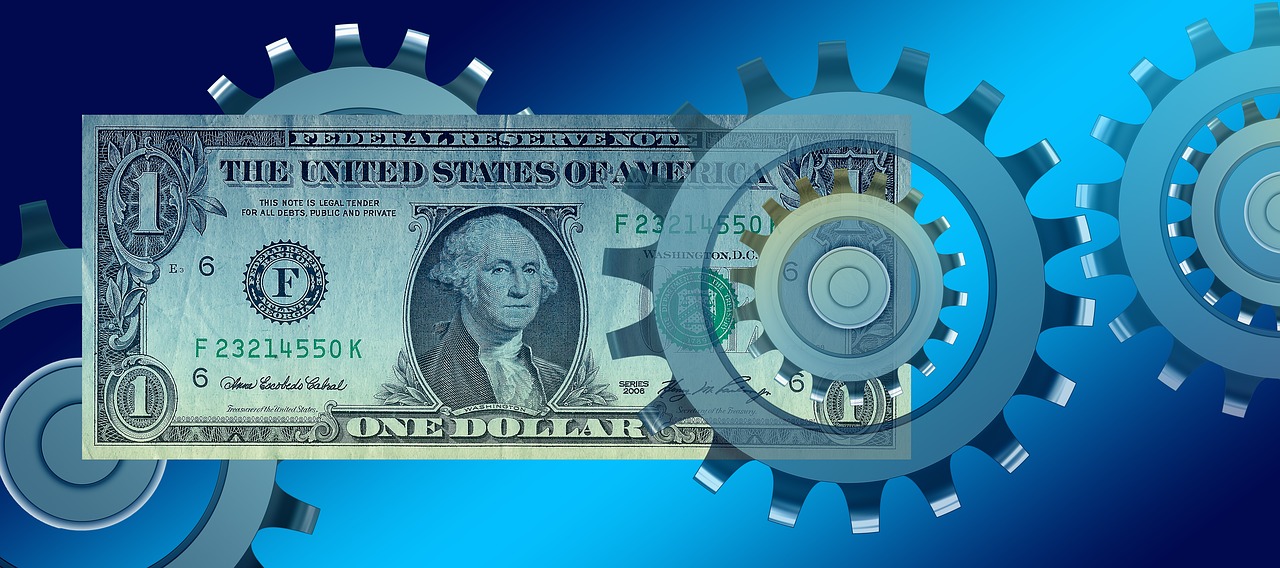Advisor Perspectives welcomes guest contributions. The views presented here do not necessarily represent those of Advisor Perspectives.
Q4 hedge fund letters, conference, scoops etc

“The change in the price index for new cars from 1967 to 1994 would have been 80 percent greater if no adjustments had been made for quality improvements.”
U.S. Department of Labor Bureau of Labor Statistics, Working Paper 294, October 1996
As a financial professional, it is assumed that you understand why everything seems so expensive, yet reported inflation is so low. Here’s the short answer and the consequences for your customers.
The US Bureau of Labor Statistics (BLS) has a different way of measuring price increases than we do as consumers. The BLS’s method for measuring inflation, the Consumer Price Index (CPI), adjusts part of some price increases for quality improvements. It’s called “hedonic quality adjustments.” The same item that can cause your clients as consumers to experience a substantial out-of-pocket price increase can produce a price decrease when it’s included in the CPI.
The BLS has an example of a TV replacement-price increase on one of its websites. This television replacement example is a 400% out-of-pocket price increase to the consumer, but the BLS writes, “rather than use the 400 percent increase in price…the quality adjusted rate of price change is measured. The resulting price change is -7.1 percent after the quality adjustment is applied.” As the TV replacement example and the quote at the top of the article show, the actual out-of-pocket cost to the consumer for many items has been substantially more than the amount reported by the CPI. To the average consumer, a price increase is nothing more than inflation. Consumers don’t pay for goods and services with quality-adjusted dollars.
“With relatively little fanfare, the use of hedonic methods has been growing at an accelerating rate,” as one BLS paper wrote as early as 2001. In 2019, at least 21 item categories in the CPI utilize hedonic quality adjustments. They cover a lot of what consumers buy, including clothes, footwear, housing, major appliances, and telephones. Some services are even quality adjusted, such as internet and cable/satellite services.
How inflation is measured affects all Americans either directly or indirectly
The BLS writes, “Annual cost-of-living adjustments (COLAs) for Social Security recipients and Federal and military retirees are tied to changes in the CPI, which also is used to determine the annual escalation of Federal income tax brackets, as well as personal exemption and standard deduction amounts.” According to the Social Security Administration, “In 2018, about 63 million Americans will receive approximately one trillion dollars in Social Security benefits.” Part of the US government debt is directly tied to the CPI. As stated on a U.S. Treasury Department website, “The principal of a TIPS (Treasury Inflation-Protected Security) increases with inflation and decreases with deflation, as measured by the Consumer Price Index. When a TIPS matures, you are paid the adjusted principal or original principal, whichever is greater.” With trillions of dollars of government expenditures linked to the CPI, high inflation measured by the CPI can generate additional inflation and huge costs to the government.
Read the full article here by John H. Morse, Advisor Perspectives

